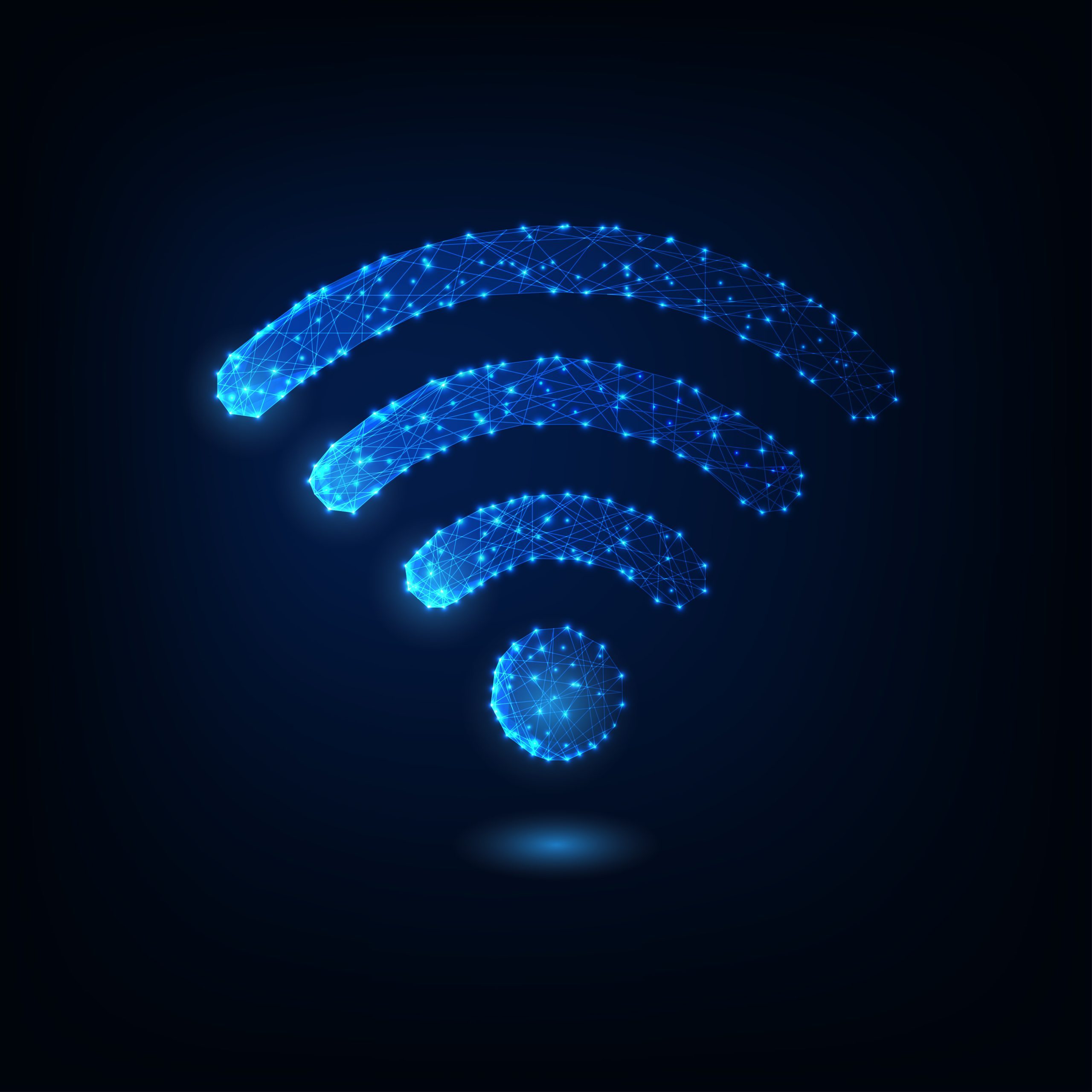Your WiFi router plays an important role in protecting your network from hackers, provided you take the necessary security measures. Efficiently manages the flow of data traffic in and out of your network. However, the main focus remains on improving the security of Wi Fi networks to prevent access. Here are some guidelines to help you maintain a WiFi network.
Security protocol and password
Wi-Fi Protected Access 3, the latest advancement in WiFi security, is typically deployed on WiFi routers. WPA3 is the most secure protocol currently available; however, older routers cannot use it because it is incompatible with them.
Each new device requires a password to connect to the network using the WPA2 security protocol, which is significantly more secure than the WPA and WEP protocols, respectively.
When setting the password for the Wi-Fi network, it is imperative that a strong password is used. It is possible for a password to be successful if it has the right combination of uppercase and lowercase letters, numbers and special characters; however, the length of the password must be sufficient to prevent the software from being cracked.
Keep firmware up to date
Your WiFi router, like your computer and mobile device, uses a level operating system called router firmware. This firmware manages the configuration of your router according to the operating systems installed on computers and mobile devices. It deals with aspects such as security protocols connectivity rules for devices, WiFi configuration and other related functions.
Fortunately, most modern routers can automatically update their firmware without any problems for clients. However, if you own a router and are concerned about its security level, it is advisable to update the firmware.
Keeping your router’s firmware up to date is crucial because the latest firmware version includes bug fixes and security updates. Since vulnerabilities can be found in all versions of WiFi router firmware, it is strongly recommended to update router firmware as soon as possible.
Disable WPS
A year ago, Wi Fi Protected Setup (WPS), a breakthrough in WiFi security, appeared on the scene. However, after its launch, several security vulnerabilities were identified with the PIN method. These flaws could allow devices to gain access to your network by exploiting the simplicity of a PIN code.
If you do not intend to use this feature, it is advisable to disable it as anyone who has access to your router can easily connect to your network using the WPS button.
Guest network
One way to improve the security of your router is to use the Guest Network feature. This feature allows visitors to connect to your WiFi network while keeping them separated from your network. Have you ever wondered why all visitors using your computer can access shared documents but not private ones?
The reason behind this is that there have been cases where friends or family accidentally accessed files or downloaded something that could compromise shared data and spread viruses. To address this concern, the Guest Network function was developed. It helps mitigate these risks by ensuring that even if they are not hackers, family members may unintentionally stumble across a file that triggers problems.
By joining the guest network, any potentially malicious files seen by a guest will be contained within the guest network itself. This isolation ensures that neither the network nor the router can be affected.
Another advantage is that when someone connects to your guest network, they will not be able to modify your router settings. Guest networks generally have limitations that ensure that only users who are actually connected to the network have access to the Internet.
MAC filtering
The use of MAC filtering is one method you can employ to improve the security of your network. When you enable MAC filtering, you will be prompted to enter the MAC addresses of the devices you wish to authorize and grant access to the network or deny and restrict access to the network.
- Only authorized (or “whitelisted”) devices will be able to connect to your network.
- If a device’s network connectivity is disabled, it will not be able to connect to the Internet.
